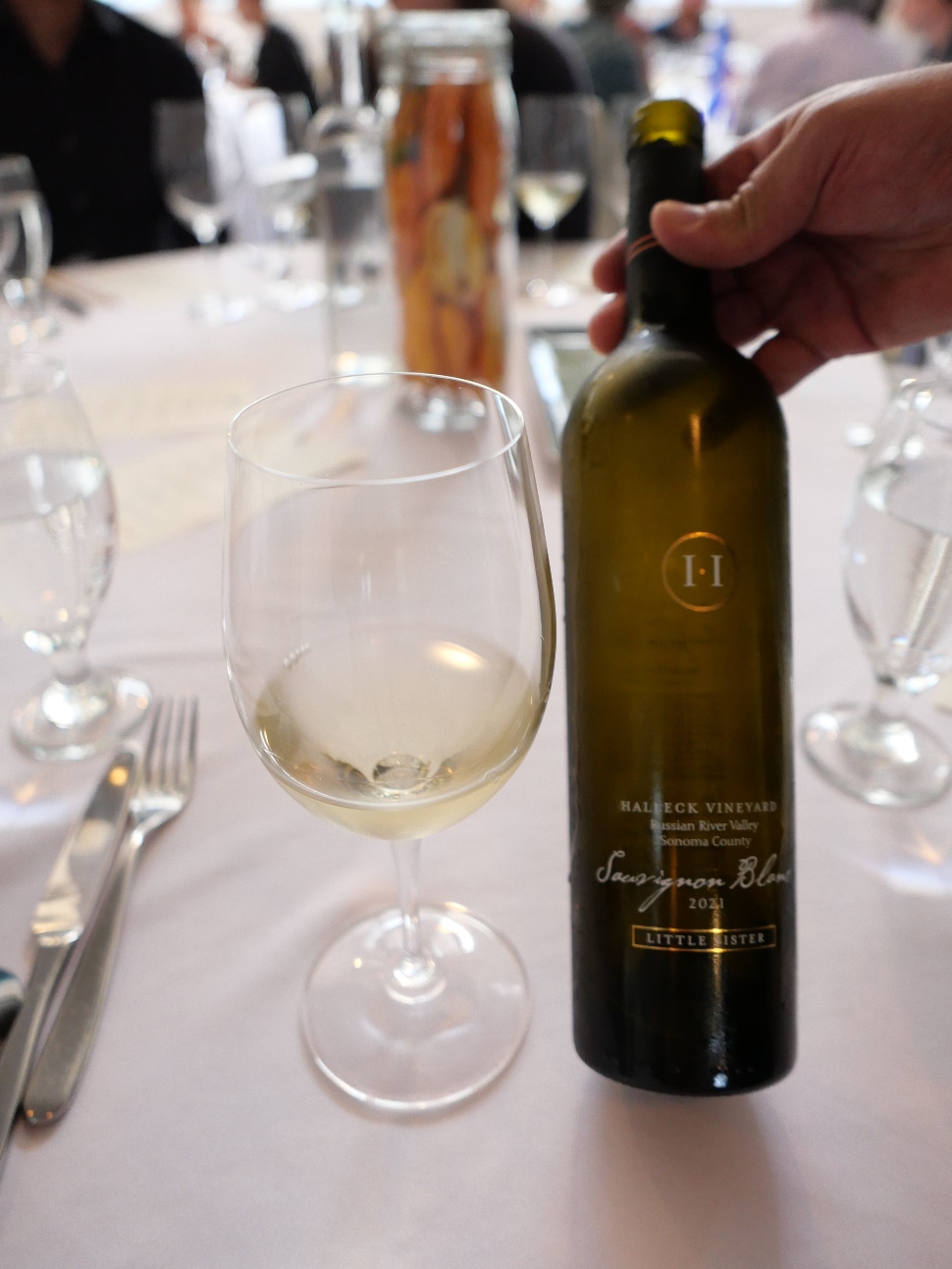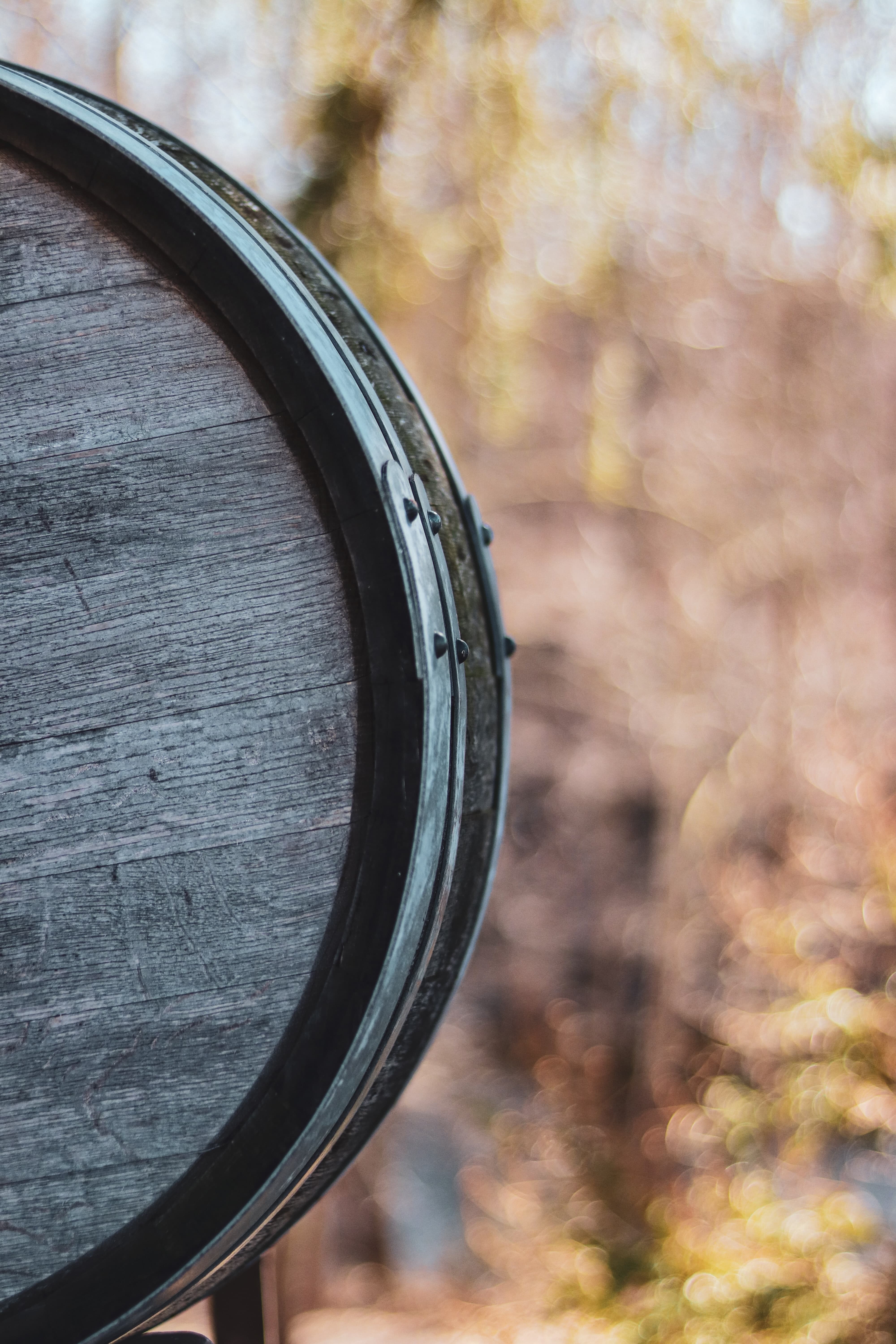Experience the Tastes of Estate Pinot Noir and Chardonnay in The Russian River Valley
Understanding the nuanced vocabulary related to winery wine tasting is crucial for both novices and seasoned connoisseurs alike. Each term brings to life the experience of tasting wine and can enhance one’s appreciation of the many intricacies involved. Wine tasting is more than just drinking; it is an art that entails numerous senses and feelings.
To begin with, the term "nose" refers again to the aromas one detects when smelling the wine. This is a vital step as a result of the bouquet sets the stage for the tasting experience. Notes of fruit, spice, earth, and wood might mingle, providing a glimpse of what the palate may verify. Understanding "nosing" the wine can dramatically elevate one's sensory journey.
One Other key aspect is the term "body." The body of the wine describes its weight and fullness on the palate. A full-bodied wine has a strong presence and tends to linger longer after swallowing. Conversely, light-bodied wines might feel more delicate and refreshing. Recognizing the body helps tasters assess the wine's structure and balance.
Special Wine Tasting Events in California 95433
The concept of "tannins" is significant in pink wine tasting. Tannins are compounds derived from grape skins, seeds, and stems, contributing to a wine's texture and aging potential. High tannin wines typically lead to a dry mouthfeel, while lower tannin ranges yield a smoother experience. This distinction is especially essential when pairing wines with food, as tannins can both complement or conflict with sure dishes.
In addition to tannins, "acidity" plays a big position within the wine tasting experience. Acidity offers wine its crispness and liveliness - Culinary Options at Winery Restaurants in California. Wines with larger acidity are typically refreshing and energizing, making them wonderful companions for a wide range of meals. Recognizing acidity can drastically improve one’s food-pairing capabilities and total tasting enjoyment.
When delving into the flavor profile of a wine, one might encounter the term "finish." The end refers back to the aftertaste that lingers in the mouth after swallowing. A lengthy finish is often associated with high-quality wines, as it signifies complexity and depth. A short end may recommend an easier wine. Figuring Out the way to consider the finish can reveal a lot about a wine's character.
Exploring the "vintage" is also integral to wine tasting terminology. The vintage denotes the year by which the grapes had been harvested. Different years can yield vastly totally different outcomes due to variations in local weather conditions. For instance, a scorching summer season can produce more concentrated flavors, whereas a cooler year may yield extra delicate, nuanced wines. Understanding vintage allows for a deeper appreciation of a wine’s origin and potential.
Relax with Spectacular Views while Tasting Pinot Noir
The term "terroir" encompasses the geographical and environmental factors that contribute to a wine's distinctive character. Factors corresponding to soil sort, local weather, elevation, and topography all play a task in the flavor and high quality of the wine. This connection to place helps one perceive why wines from totally different areas can taste so distinctively completely different, even when produced from the identical grape selection (Pet-Friendly Wine Tasting Experiences in California).
When partaking with wines, the phrase "leg" refers to the droplets that type on the within of the glass after swirling. These droplets can point out the wine's alcohol content and viscosity. While observing the legs may not instantly relate to the wine’s taste, it adds to the overall experience and intrigue of wine tasting less clear.
Wine Tasting Etiquette for Newbies 95405
A more particular term which will come up throughout tastings is "oak." The affect of oak barrels on wine can impart flavors corresponding to vanilla, toast, or spice. The diploma of oak getting older can vary extensively among wines, affecting both aroma and taste. Understanding oak therapy offers insights into the winemaker’s decisions and the resulting complexity of the wine.
In wine tasting, one may additionally hear the term "palate." The palate refers to the total style experience within the mouth. This encompasses sweetness, bitterness, acidity, and physique. A well-balanced palate is crucial for a harmonious tasting experience, and recognizing any imbalances helps assess the standard of the wine.
The experience of wine tasting is tremendously enriched by understanding the terminology that accompanies it. Every term serves a function, enhancing the flexibility to convey ideas and feelings concerning the wine one's experiencing. This vocabulary bridges communication between tasters, sommeliers, and winemakers alike.

To fully enjoy wine tasting, it's important to have interaction all senses. The sight of the YOURURL.com wine, its shade, and readability can provide insight into its age and quality. Swirling the wine releases aromas that heighten the olfactory experience, whereas the precise tasting permits for an entire evaluation of the wine's profile.
Dog-Friendly Wineries in Sonoma County 95404
In conclusion, understanding the detailed rationalization of winery wine tasting terminology tremendously enhances the experience of tasting. Every term invites the taster to interact extra deeply with the wine, encouraging connections to the senses, the winemakers, and the lands the place the grapes are grown. This nuanced vocabulary creates a richer, extra fulfilling wine tasting experience.
- Aroma refers again to the scents launched by the wine, which can indicate its grape variety and influence the tasting experience.
- Tannins are natural compounds found in grape skins, seeds, and stems, contributing to the wine's structure and growing older potential.
- A finish, or aftertaste, is the lingering flavor sensation that is still on the palate after swallowing, typically a key indicator of high quality.
- Physique describes the load and fullness of wine within the mouth, typically categorized as light, medium, or full-bodied.
- Terroir denotes the distinctive environmental traits of a winery that affect the style and high quality of the wine, together with soil sort and local weather.
- Acidity is a crucial part that contributes to a wine's freshness and steadiness, impacting its getting older functionality and general flavor profile.
- Vintage signifies the yr grapes have been harvested and plays a significant role in figuring out the wine's traits, reflecting specific climatic conditions.
- Decanting includes pouring wine from its bottle into another vessel, allowing it to aerate and enhancing its flavors and aromas.
- A corked wine may be tainted by a faulty cork, leading to musty or off-putting flavors that detract from the wine's supposed profile.
- The term “legs” refers to the droplets that cling to the within of a glass after swirling, typically associated with the wine's alcohol content and viscosity.undefinedWhat is the that means of "nostril" in wine tasting?undefinedThe "nostril" refers back to the aroma profile of the wine, which is detected through the sense of scent. It Is an important aspect of wine tasting, as aromas can reveal a lot in regards to the grape selection, winemaking process, and aging.
How should I properly style wine?undefinedTo style wine effectively, follow these steps: observe the colour, swirl the wine to aerate it, take a mild sniff to capture the aromas, sip and let it coat your palate, and finally, note the finish. This approach helps in appreciating the wine’s complexity.
What are "tannins" and the way do they have an effect on wine?undefinedTannins are pure compounds found in grape skins, seeds, and stems that contribute to a wine's structure and astringency. They can create a drying sensation within the mouth, and so they also play a task within the wine's getting older potential.
Savor Award-Winning Pinot Noir and Chardonnay from Sonoma

What does the term "stability" mean in wine tasting?undefinedSteadiness refers to the concord between the totally different parts of a wine, similar to acidity, sweetness, alcohol, tannin, and flavor depth. A well-balanced wine may have every of these components supporting one another quite than overpowering the others.
What is the significance of "terroir" in wine tasting?undefinedTerroir encompasses the environmental factors—such as soil, local weather, and geography—that influence the traits of the wine produced in a selected region. Understanding terroir helps tasters appreciate the distinctive qualities that completely different click here to read regions impart to their wines.
What does "vintage" mean and why is it important?undefined"Vintage" signifies the yr when the grapes were harvested. It is essential as a result of it affects the wine’s high quality and traits, as weather circumstances through the rising season can significantly influence flavor profiles and aromatics.
What are "legs" and what do they signify?undefined"Legs" discuss with the droplets that form and run down the inside of a glass after swirling wine. Whereas they can indicate alcohol content material and viscosity, they don't determine quality—this is extra about personal notion of richness.
Memorable Wine Tasting Experiences in Sebastopol 95461

What does "full-bodied" mean versus "light-bodied"?undefined"Full-bodied" wines are rich, dense, and infrequently have greater alcohol content and sophisticated flavor profiles, while "light-bodied" wines are extra delicate and refreshing with a lower alcohol content material. This distinction helps tasters perceive the expected weight and mouthfeel of the wine.
How can I establish fruit flavors in wine?undefinedTo identify fruit flavors, contemplate the aroma and taste profiles. Swirl the wine, inhale deeply to seize the bouquet, and concentrate on specific traits. Familiarity with typical fruit profiles of various grape varieties can improve this identification process.
What is "end" in wine tasting?undefinedThe "finish" refers again to the aftertaste that lingers in the mouth after swallowing. A lengthy, complicated end is often an indication of quality in a wine, because it reflects the depth of flavor and general craftsmanship in the winemaking course of.